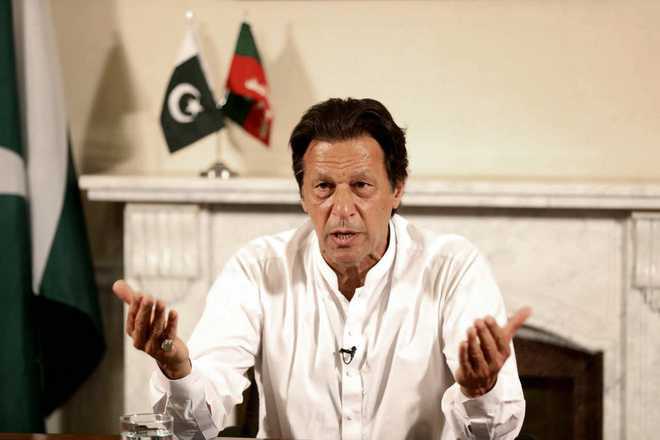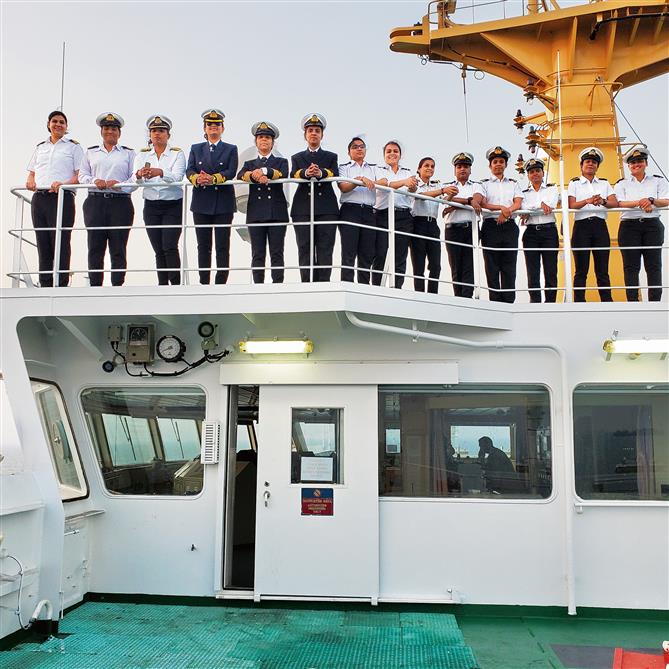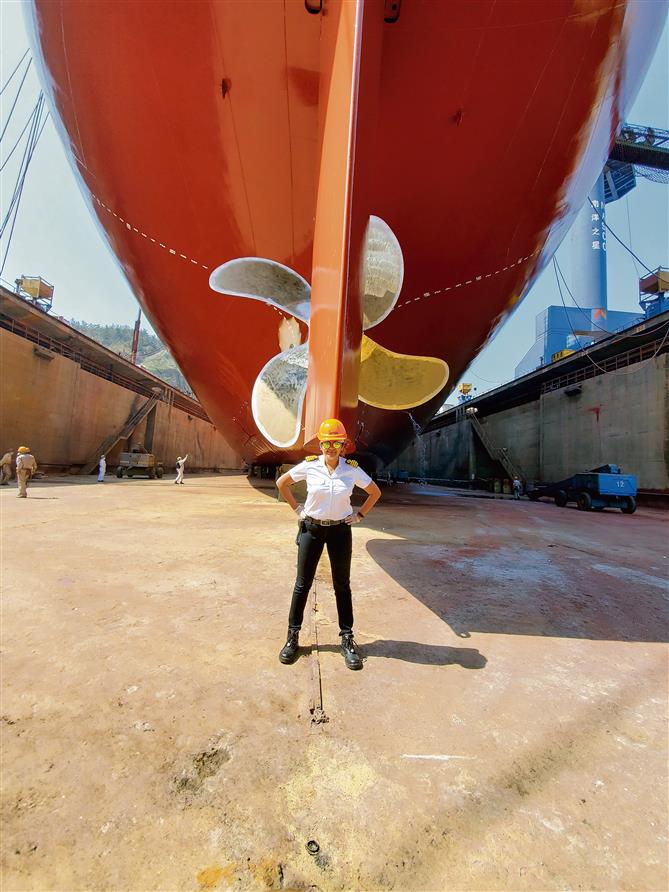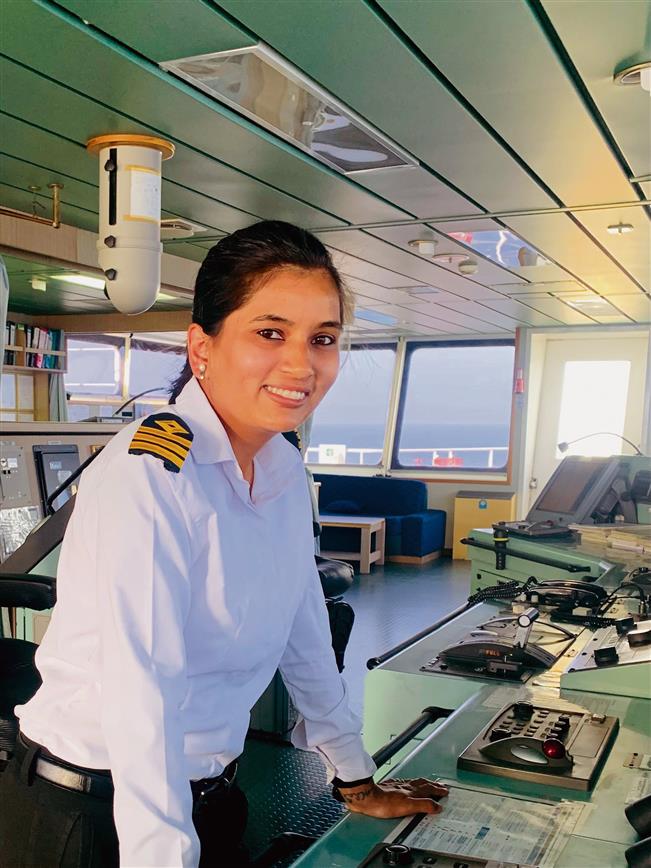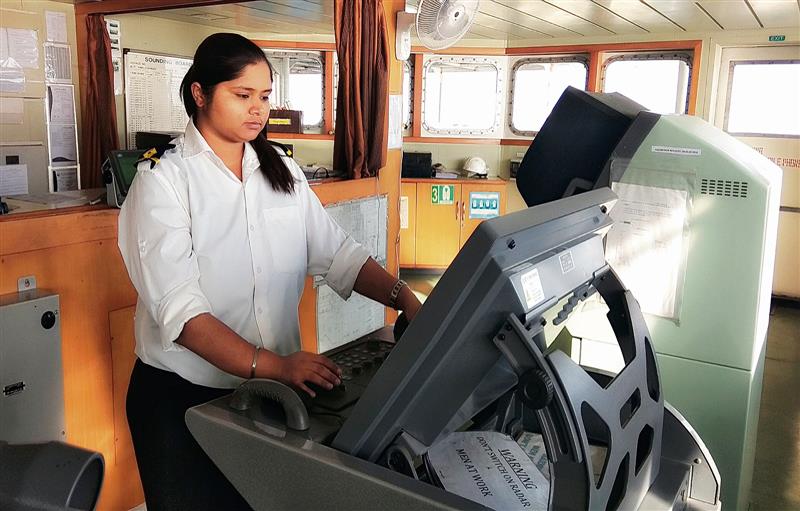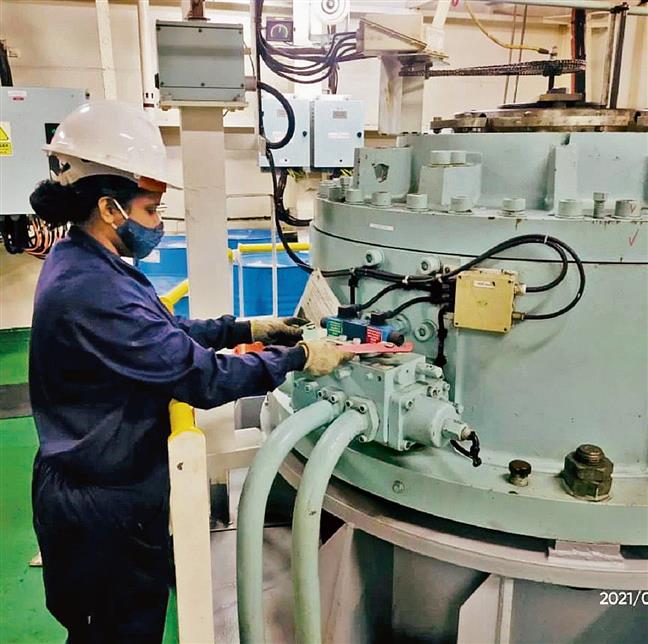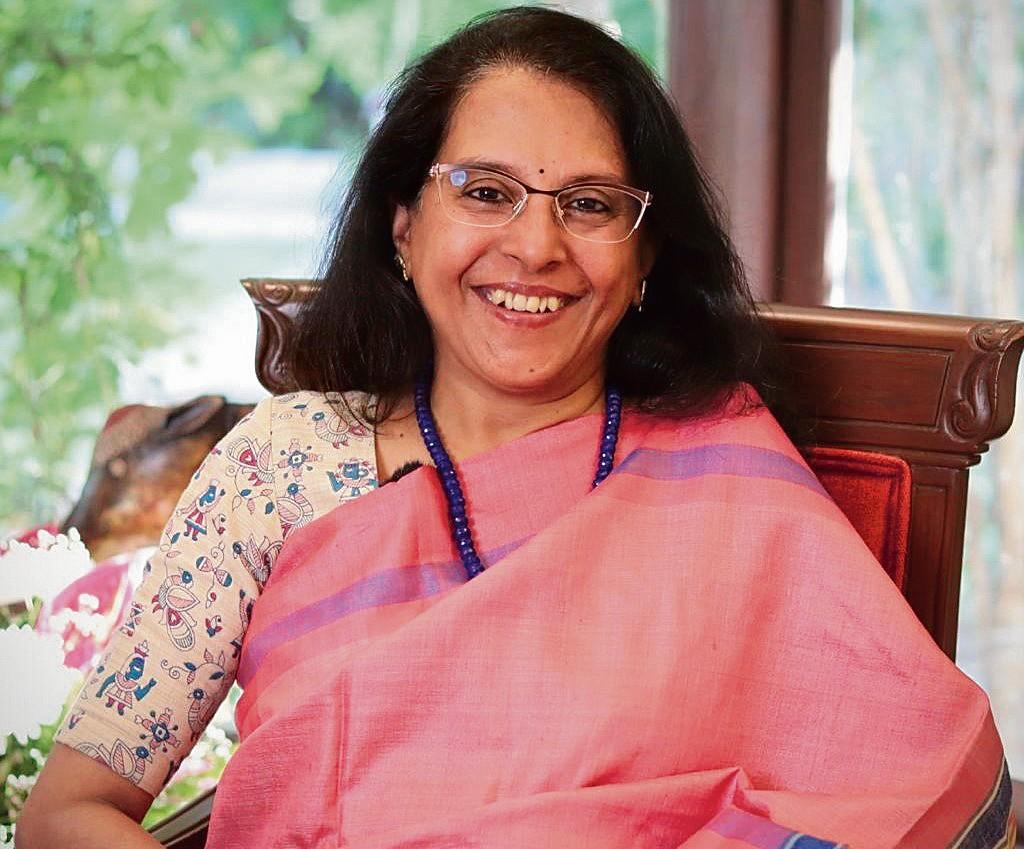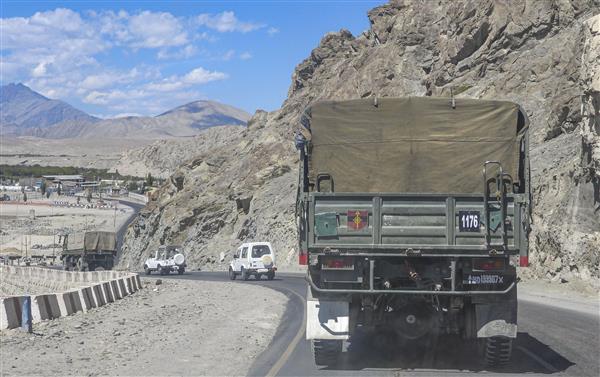Ukrainian aspirations to join NATO cannot fructify unless the war ends, as laid down by the current US administration.


Russian President Vladimir Putin’s ‘special military operation’ will be 18 months old on August 24, with little indication of an end anytime soon. US President Joe Biden has sanctioned the transfer of 80-odd F-16s from Denmark and the Netherlands to beef up Ukraine’s air power, which has been dealt a severe blow by the Russians in recent days.
While the US is fighting shy of a direct involvement in the conflict, Biden said in Poland recently that “Ukraine will never be a victory for Russia”, indicating his resolve to bankroll the war effort indefinitely. In America’s eyes, even a prolonged stalemate would be a defeat for Russia. Analysts think that for Ukraine to win, it needs to regain all territories lost to Russia, including Crimea.
With the Ukrainian counter-offensive making a painful progress, the Russian military, battered and demoralised as it is, has put up a resilient show against western weapons and war tactics. The US backing and weaponry, however, are unlikely to render early results; some experts say that it could take a couple of years to tilt the balance in Ukraine’s favour. Meanwhile, Russia appears to be willing to sacrifice any number of its young men for its war cause.
The US presidential election next year is bound to have a profound impact on the US and the West’s inclination to indefinitely support Ukraine. Republican presidential contender Donald Trump has made it clear that he will end support for Ukraine, should he get elected. With some European leaders having a similar mindset, a ‘forever war’ would definitely favour Russia and not Ukraine. Recent Saudi efforts to rally 40 nations, including China and the USA, in support of Ukrainian President Volodymyr Zelenskyy’s 10-point peace plan are aimed at bringing about full Russian withdrawal from the Ukraine territory, the return of abducted children and justice for war crimes.
Diplomatic options to terminate the war or achieve an armistice are thus unlikely to bear fruit, considering that Russia under Putin has never chosen to end a conflict at the negotiating table.
Meanwhile, Ukrainian aspirations to join the NATO cannot fructify unless the war ends, as laid down by the current US administration. Protection to the Ukrainian territory under the NATO treaty’s Article 5 would be similar to what happened in Korea and Germany after World War II. Thus, any plausible democratic Ukrainian accession into NATO and its ratification by parliaments of NATO members would serve to frustrate Russia’s efforts to prolong the war indefinitely. Joining NATO while pursuing unification within its 1991 borders is a call for Ukraine to take to consolidate the gains, if any, as a NATO member. That would also preclude any scope for a future Russian offensive on Ukrainian territory.
Now, what could be India’s stand while this uncertain European saga plays out? Clearly, a diplomatic one, considering the goodwill garnered over the years with both warring parties. Ukraine has categorically stated that it would welcome any ‘bigger and greater’ Indian role in ending the war, as stated by Ukrainian Deputy Foreign Minister Emine Dzhaparova during her April visit to India.
Meanwhile, having avoided any direct condemnation of Russia as an aggressor and having abstained several times from voting on UN resolutions, India has shown its inclination to contribute to peace efforts. India’s stand is clearly motivated by its dependence on Russia for 60 per cent of its defence hardware and the purchase of low-priced Russian oil, both strategically vital national considerations.
The Indian ambivalence in taking a pro-West stand amid its need to balance ties with an old ally has played out as a ‘diplomatic coup’. New Delhi has managed to keep its ties with Russia intact while deepening its links with the West through its Quad membership and G20 presidency. India has also been firm on not calling the Ukraine conflict a ‘war’ in its G20 communiques.
Be that as it may, western observers have tended to put much stock in the US supply of F-16s to Ukraine. While apprehensions were initially expressed about how it would take years to familiarise Ukrainian pilots — with their limited English proficiency — with western fighter platforms, US professionals have been training them on F-16 simulators. Ukraine is bound to encourage the entry of ‘volunteer’ F-16 pilots from the world over to cut down time frames for operationalising them on the new aircraft. This could alleviate the Ukrainian problem of finding an adequate number of Russian-origin fighters for the Ukrainian air force. The proclaimed aggressive professionalism of the Ukrainian fighter pilots is bound to contribute to their transition to operating F-16s.
Considering that the UK has been the other key backer of the Ukrainian war effort militarily, it is surprising why the Eurofighter Typhoon is not on offer. Possibly, on account (as, indeed, was the case with the US) of the UK wishing to neither up the ante against Putin nor make him cross the nuclear Rubicon. Also, it’s a fact that a comparatively limited number of any advanced fighter platforms would have to compete against the substantive Russian Comprehensive National Power to achieve favourable outcomes in the ongoing conflagration. The multiple war fronts in eastern Ukraine, Crimea and the Black Sea region would pose even bigger challenges for both adversaries to achieve their war objectives conclusively.
The advent of drone warfare only adds to the convoluted mix of tactical options. Though some countries, such as Pakistan, peddling heavy 155-mm shells to Ukraine shows an opportunistic trend implicit in a global conflict, India as a neutral entity needs to be careful about its licensed hardware, such as the indigenous BrahMos, finding its way into the battle zone, more so because of Russia’s desperation for accurate long-range missilery.








